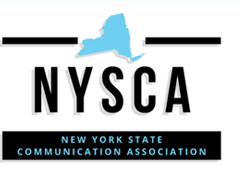Abstract
Contemporary communication is highly mediated, whereas much of the extant research in nonverbal communication derives from studies referencing face-to-face contexts. This teaching activity explores the continued relevance of this foundational knowledge about communicating without words and the ways it continues to be manifested in new ways and in new contexts. For example, although the dimensions of his findings often are misrepresented, Albert Mehrabian's (1972, 1981) initial findings indicated that the nonverbal channel is a primary tool in the communication of emotions and feelings. Similarly, the emotional messages within mediated communication often are accomplished with non-word tools, providing a metacommunicational functionality--reflecting principles previously discovered in nonverbal research.
Using an interactive, collaborative learning structure, this exercise also can be used to introduce, illustrate, and/or reinforce the various impacts lean vs. rich channels can have upon the communication process. Through this multi-step exercise, students role-play randomly constructed communication scenarios experimenting with the degree to which nonverbal cues can influence communication effectiveness.
Recommended Citation
Plummer, Evelyn
(2021)
"Nonverbal Mashups: Exploring Metacommunication In Mediated Interpersonal Contexts,"
Proceedings of the New York State Communication Association: Vol. 2017, Article 8.
Available at:
https://docs.rwu.edu/nyscaproceedings/vol2017/iss1/8

